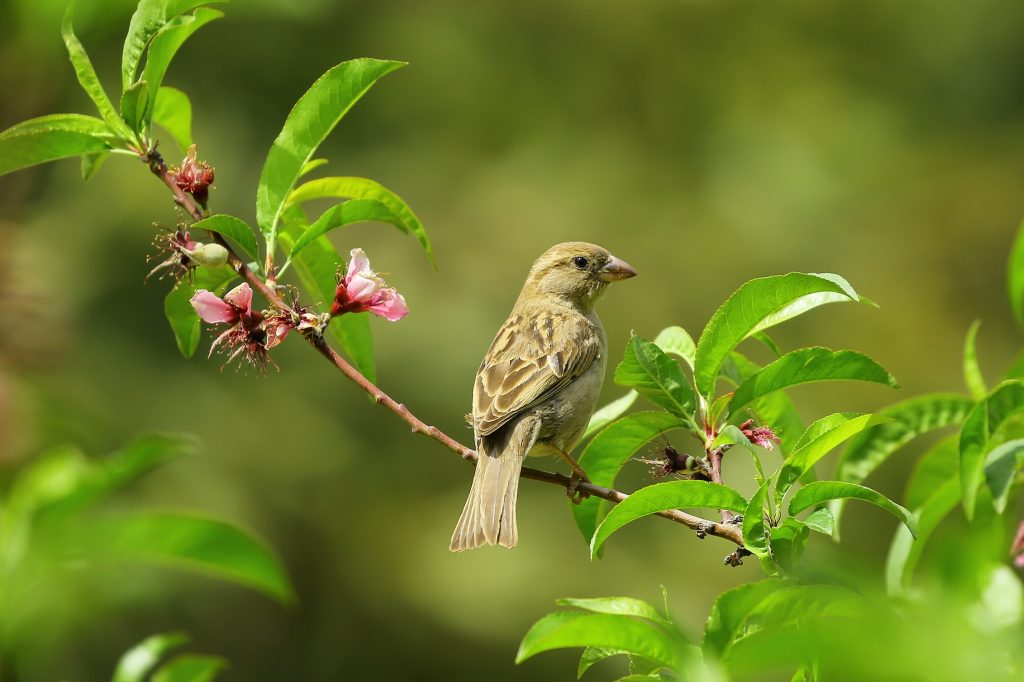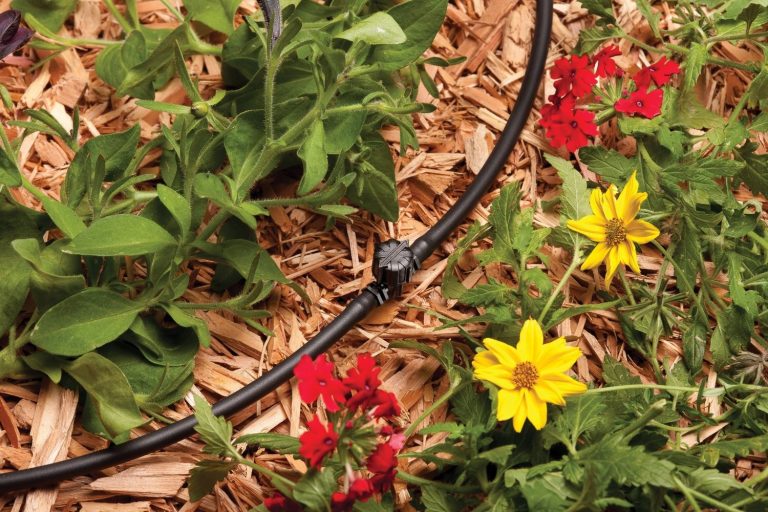
Tips for a Sustainable Yard
Better Backyards means your yard works for you and the ecosystem. Follow these tips to create a thriving, beautiful landscape. Need help getting started, or have questions along the way? Better Ground is here to help. With free consultations and plenty of financial and educational resources, we’ll help make your landscape dreams a reality.
IMPROVE SOIL HEALTH
Healthy soils are the foundation to lush lawns and gardens. Laboratory soil tests are a great way to assess your soil’s needs, rather than over-applying products and losing money. A few standby amendments for our climate include lime (to balance our acidic soils), aged compost (for multi-nutrients), and slow-release fertilizers when needed (which provide long-lasting support to your garden, with less runoff).
AERATE LAWN
Aeration is the key to a vibrant lawn. Rent a commercial-grade aerator from a hardware store, or pay to have a landscape company do the work in the early spring or fall. Do several passes in different directions of the lawn. The aerator will remove small plugs of soil, that can be left on the grass to provide nutrients. Apply ½” of compost and rake into the holes. This will feed your lawn, and increase its ability to retain water.

REDUCE OR ELIMINATE YOUR LAWN
Lawns tend to require lots of time, energy and inputs in order to stay green, healthy and moss-free. Consider reducing or eliminating your lawn altogether and planting native plants like salal, ferns and kinnikinnick, or install raised beds and grow your own organic vegetables.
USE MULCH
Woody mulch is the #1 defense against weeds, and far outweighs black plastic sheeting or herbicide. Mulch retains water in the soil, and over time replenishes it with additional nutrients. Look for ‘woody’ mulch that has not yet decomposed. Arborists are also a fantastic source for ‘chips’, and will many times dump a load at your home for only a delivery fee.

CONSERVE WATER
Most natives and climate-appropriate plants need minimal watering after the first few summers of establishment. For lawns, consider letting it go brown during the summer – this is its natural dormancy period. For edibles, annuals, and other specialty plants, use drip irrigation or soaker hoses to water your plants deeply – with an extra bonus if it is from collected rainwater.
ENCOURAGE BIRDS AND BATS
Planting a variety of native trees, shrubs, flowering plants and ground covers is one of the best ways to invite wildlife to your property. Leave snags, brush piles and messy areas, provide water sources, eliminate chemicals and keep pets inside. Properly constructed bird, bee and bat houses and feeders are another way to encourage wildlife. Leave nesting material out in early spring to give nesting birds a jump start. They will reward you by feeding your pests to their young.
HELP POLLINATORS
Another great landscape feature is a pollinator garden. Planted with nectarproducing plants, they are both attractive and beneficial. Find a place in the yard to leave a small muddy spot for butterflies, ‘puddling’ is how they get essential minerals. If you have fruit trees, encourage mason bees. These gentle, solitary bees are pollinating powerhouses. One mason bee can do the pollinating work of 100 honeybees.
READY TO GET STARTED?
We are all working together towards Better Ground – in our homes, schools, farms, and public spaces. We can grow gardens, educate our youth, and change the world – one property at a time. Would you like to make some of these changes but need assistance? Conservation Districts work cooperatively with thousands of landowners each year to provide free services on private property.
